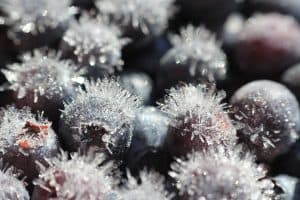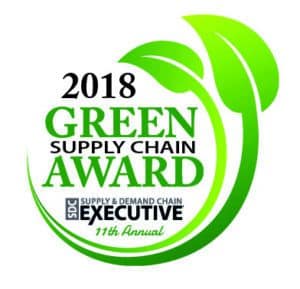

5 Ways to Reduce Energy Costs in Refrigerated Warehouses on SupplyChainDive.com
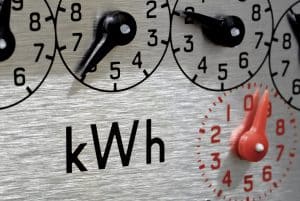
Release: Mexican Cold Storage Operator Reduces Energy Consumption 20% Using Thermal Energy Storage
MONTERREY, MEXICO and HOUSTON, TX (Business Wire) – Viking Cold Solutions, the leading Thermal Energy Storage (TES) provider for the low-temperature cold storage industry, announced its partnership with Red de Frios to manage energy usage in one of its 2,500 square foot frozen food warehouses at Almacén Ruíz Cortines in Monterrey, Mexico. Viking Cold’s patented TES system reduces overall electricity consumption and shifts energy usage to less expensive periods of the day. This project is the first of its kind in Mexico, the second largest economy in Latin America, and marks the first installation of Viking Cold Solutions’ technology in Latin America outside of the Caribbean.
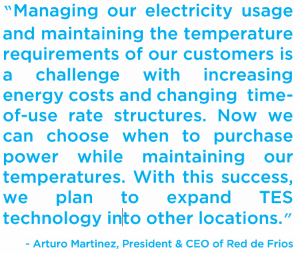
Read More →
Arizona State University: SUB-ZERO SUSTAINABILITY – Energy-Saving Solution for Frozen Food Storage Could Mean Big Cost Savings

Grocery Business: Defrosting the Top Risks in Cold Storage

Potato Business Exclusive: Stable Temperature Is Essential in a Cool Storage
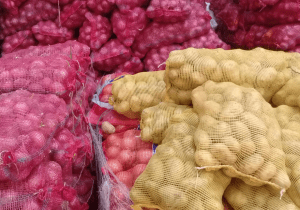
Frozen Food Risk: The Unfrozen Water Inside on FoodDive.com
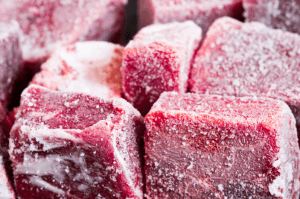
All the Green, None of the Cost (Progressive Grocer Guest Blog)

Release: Study Confirms 43% Decrease in Energy Consumption in an Ammonia-Refrigerated Warehouse with Viking Cold’s TES Technology
Richmond, CA and Houston, TX (Business Wire) — Viking Cold Solutions, the leading Thermal Energy Storage (TES) provider for the low-temperature cold storage industry, announced that its measurement and verification (M&V) study on Viking Cold’s TES technology at Dreisbach Enterprises’ 93,000 square foot frozen food distribution center in Richmond, CA shows significant operational and financial benefits for utilities and the cold storage industry. The study demonstrated the ability of TES to mitigate the facility’s 13-hour peak period by simultaneously:
- reducing peak period energy consumption by up to 43 percent
- reducing peak demand within this peak period by up to 29 percent
- maintaining 50 percent more stable temperatures
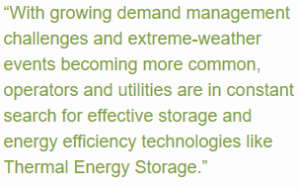
Read More →
Grocery Business: Stable Grocery Freezers Avoid “Micro-Freezer-Burn”
